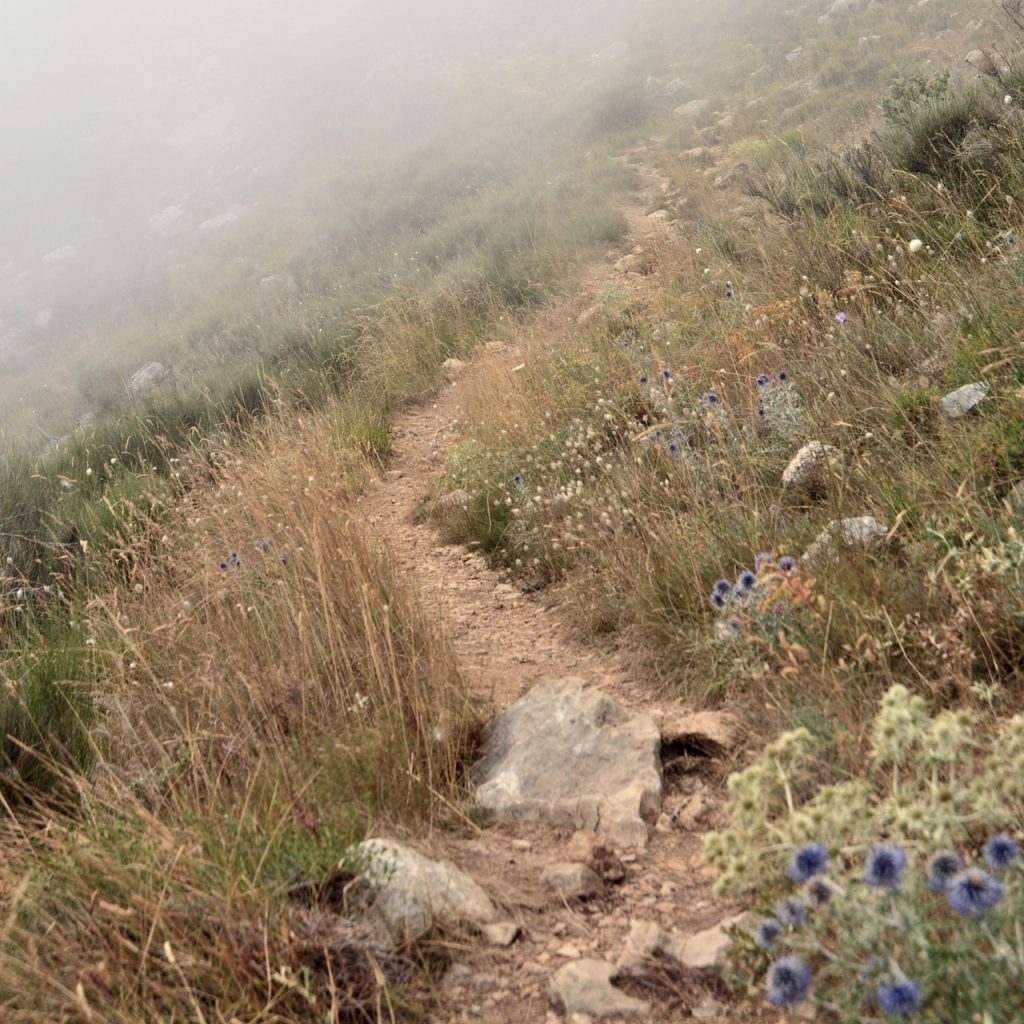While the beginnings of many journeys are fueled by the energy of inspiration and change and the conclusions of our journeys are marked by transformation, when we are in the midst of our journeys it can be challenging to stay on the path.
The liminal or “in-between” space between the start of a journey and its peak or resolution can often feel like we’re in the belly of the whale. This is especially true in times of trial, discomfort, uncertainty, or weariness that we encounter in any meaningful experience of pilgrimage. As challenging as these experiences might be, however, in order to experience the transformation that they seek, the pilgrim knows it is important to stay present to the journey at hand, no matter what it brings. “The cave you fear to enter holds the treasure that you seek,” famed mythologist Joseph Campbell said. This means it is precisely by facing adversity both without and within that borders are crossed, edges are stretched, and new life can be found.
While we can’t predict or control the challenges that await us on the path, there are many ways to engage them when they arrive that foster a posture of presence, curiosity, engagement rather than the resistance, overwhelm, or apathy that are so often the response to adversity. Be prepared to stay present to the journey and engage challenges as they arise with the awareness and intention of the pilgrim with the following tools:
1. theme
Bring more clarity and direction to your journey by selecting a theme for your pilgrimage. Though you could certainly choose a topic that you’d like to explore further and craft a journey from there, you might also find that the theme of your journey is already determined, hidden in the questions that led you to your quest in the first place. Once you name a theme for your journey, begin to gather resources to inspire your steps and offer guidance along the way.
2. altar
Whether traveling abroad or journeying with intention in everyday life, an altar is a valuable tool to bring focus to your pilgrimage, serving as an external representation of the journey taking place within. Literally meaning “high place,” altars are visual reminders that something Sacred is occurring and remind us that just as the altar holds our selected objects, the Divine has space enough to hold all that comes with our journey, including our questions, worries, doubts, and fears. Learn how to create an altar at home here and a travel altar here.
3. touchstone
A touchstone is a simple, tangible object that serves as a reminder of the journey at hand. Sometimes we might intentionally pause with our touchstone in order to reconnect with our quest. At other times, it’s the touchstone itself that invites us toward reconnection when we’ve otherwise lost our way. When choosing a touchstone, select something that you will always have with you, such as a piece of jewelry, keyring, or small symbolic item you carry in your pocket, always ready to call you back.
4. breath prayer
No matter where we are or what we are doing, our breath is something that we always carry with us and can easily be used as a tool for recentering and re-engagement through the practice of breath prayer. Keeping in mind your journey’s theme, listen deeply to the longings of your heart and craft a simple, two-phrase breath prayer to help guide you back to your intentions, matching the first phrase with your inward breath and the second phrase with your outward breath and repeating as often as you’d like. New to breath prayer? Learn more about the practice here.
5. vade mecum
Meaning “go with me” in Latin, a vade mecum is a tool carried by pilgrims for centuries containing words of inspiration and guidance for the path. Make one of your own by adding your favorite prayers, poems, and quotes in a small notebook to carry with you, referring to it as needed as your journey unfolds.
6. reflection
The practice of reflection encourages us to go deep within, letting essential truths emerge. It also allows us to revisit memories and occurrences in order to uncover insight that we might have otherwise missed. Journaling is a simple and meaningful reflective practice to aid in this process and can either be free-form or a response to prompts meant to arouse contemplation (try my Compass Cues Reflection Cards here). Other practices of reflection include the Ignatian practice of examen, drawing your intention toward consolations (where you felt close to God) and desolations (where you felt distant). Learn more about the examen here.
Like this post?
Sign up below to receive updates on offerings, products, and free resources so you don’t miss a thing! You’ll also receive an instant download of the Principles Rule of Life, including seven guideposts and practices for living and traveling like a pilgrim.






